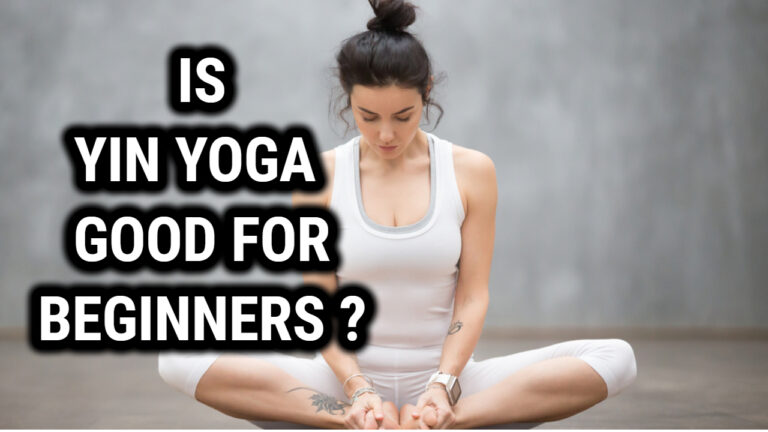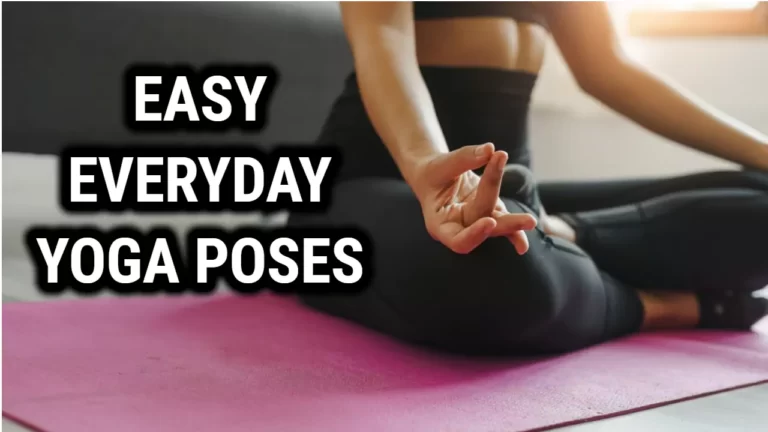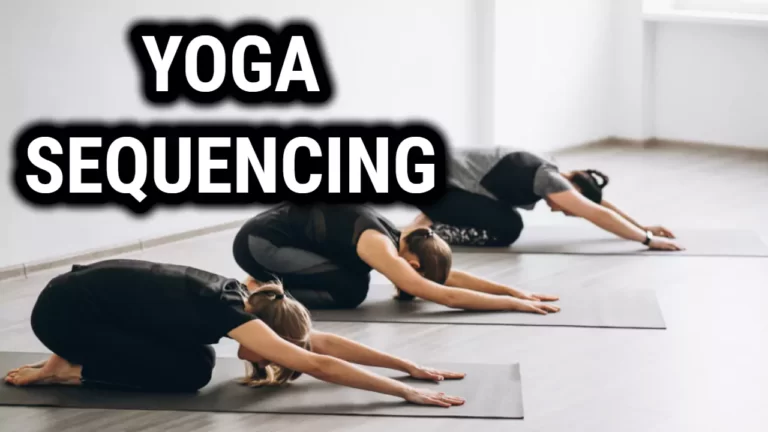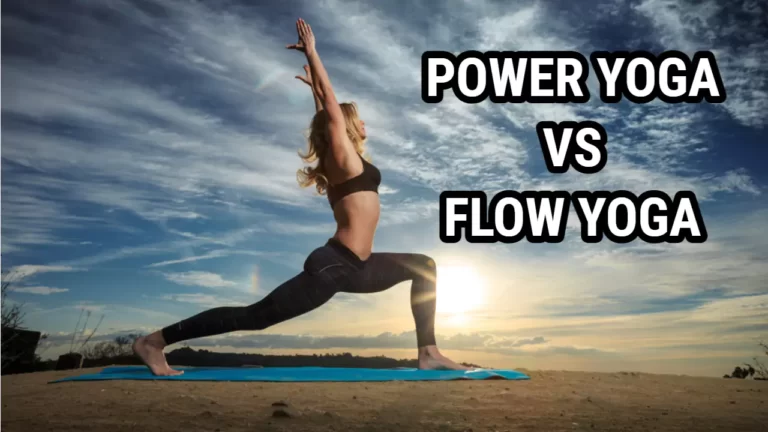Can One Do Yoga After Lifting Weights

Yoga and weightlifting are two popular forms of exercise that can provide a range of physical and mental benefits. But, can one do yoga after lifting weights?
We will see the potential benefits as well as potential risks associated with practicing yoga after lifting weights. We’ll also look at some tips for making sure you get the most out of your workout routine.
When it comes to working out, both yoga and weightlifting have their own unique set of advantages. Yoga can help build strength, flexibility, and balance while weightlifting can help build muscle mass, strength, and endurance. However, many people wonder if it’s safe to practice yoga after lifting weights.
The answer is yes – practicing yoga after lifting weights can be beneficial for those looking to maximize their workout routine. We will delve into the details of how combining these two activities can help boost your health in a number of ways
Benefits Of Combining Yoga And Weightlifting
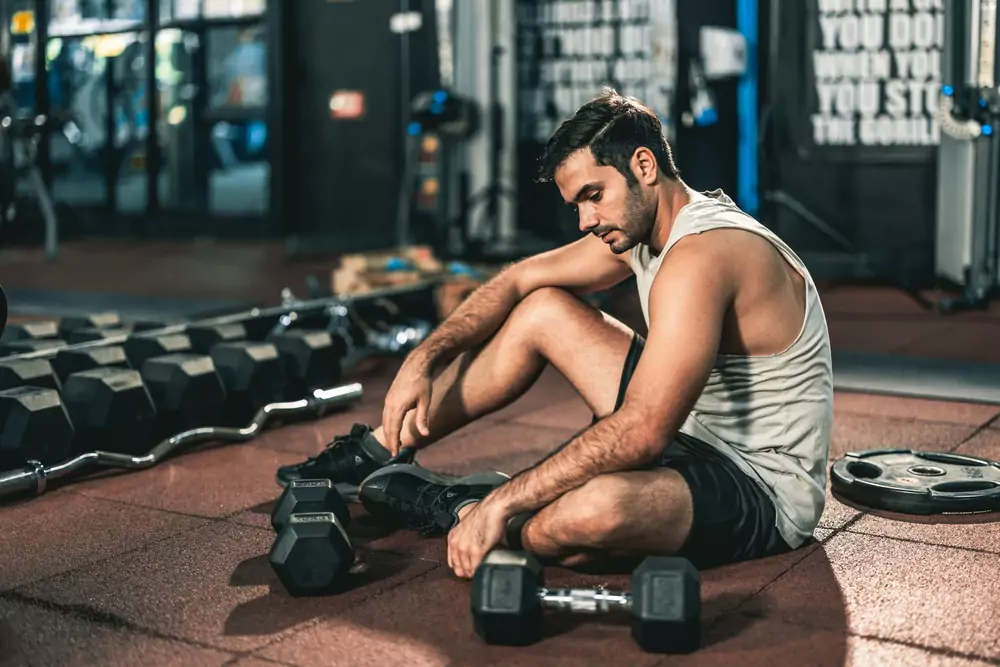
Yoga and weightlifting can be a powerful combination that leads to increased strength, improved balance, enhanced mobility, better coordination and enhanced endurance. Picture them both as two powerful forces coming together – like two streams of energy that unite to become an even more formidable force.
The benefits of combining these two activities are significant. Weightlifting strengthens the muscles, which makes them more resistant to stress and fatigue. Yoga helps improve posture and flexibility, allowing us to move with greater ease. Together they create a powerful blend of physical and mental benefits that heighten our overall sense of wellbeing.
Research shows that practicing yoga after lifting weights can help improve performance by enhancing muscle recovery and reducing fatigue, enabling us to stay active longer and push ourselves harder during our workouts. It also improves alignment, allowing us to perform exercises with greater accuracy and control, leading to better results in the gym.
In short, incorporating yoga into your weightlifting routine is a great way to maximize your workouts while strengthening your body in new ways.
Risks Of Combining Yoga And Weightlifting
However, combining yoga and weightlifting can also be risky. Doing them back-to-back without adequate rest can lead to injury or fatigue due to the strain you put on your body.
Performing yoga after lifting weights might lead to an imbalance in muscle development, resulting in muscles that are overworked and weak. This could cause you to overtrain certain areas of your body and become injured.
Yoga is designed to help increase flexibility and mobility, not necessarily strength. If you choose to do this combination, it would be best to separate the two activities having at least a few hours of rest between them. This will give your muscles time to recover so they are better prepared for the next activity.
It is important to remember that any physical activity carries risks of injury or fatigue, especially if done incorrectly or excessively. Therefore it is important to understand how yoga and weightlifting can affect your body before combining them and listen to your body’s cues while doing either one.
Guidelines For Performing The Exercises In Sequence
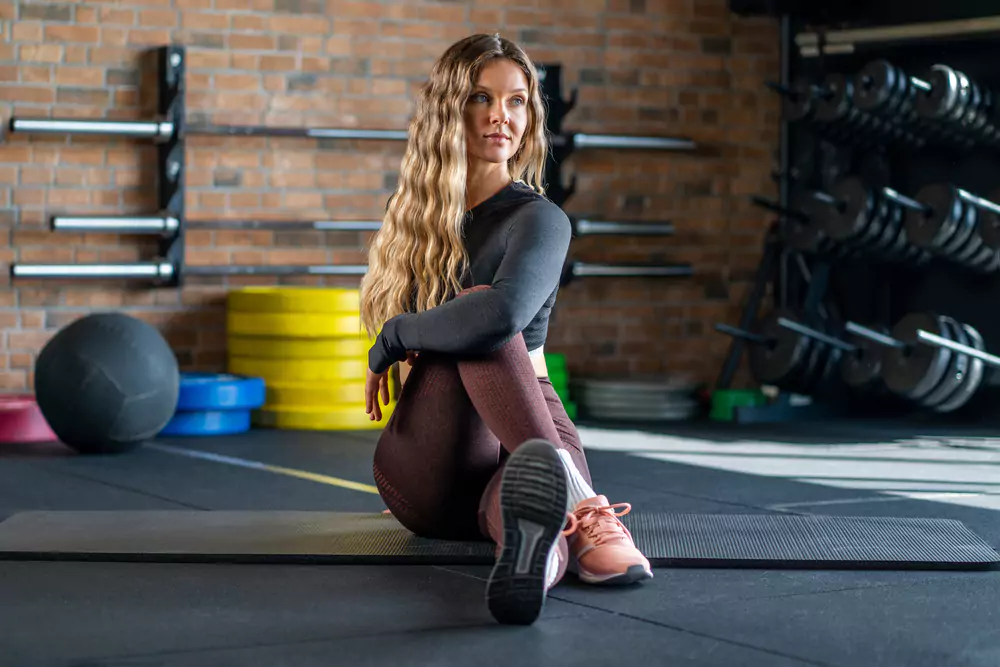
The critical balance between yoga and weightlifting is a delicate dance that requires careful consideration. Like two lovers, they must harmonize in perfect unison to create a beautiful routine. To ensure that the exercises are performed correctly and safely, it is important to understand the proper sequencing of yoga and weightlifting.
When deciding on the order of exercise, take into account both the intensity and type of movement for each activity. For example, if you are performing an arm workout with weights before doing yoga, it’s best to start with a light weightlifting set as this will help prepare your body for the more intense stretches of yoga.
Keep in mind that some poses require more mobility than others, so one should begin with easier poses first before progressing to more complex ones.
Allowing adequate rest between sets and activities is also essential for ensuring proper form while exercising and avoiding injury. Taking breaks throughout the session not only gives your muscles time to recover but also helps prevent any strain or fatigue during the workout.
Ultimately, listening to your body’s signals is key when deciding how much rest you need between sets or activities to ensure that you have enough energy for each one.
By following these guidelines for sequencing exercises in an appropriate order and allowing adequate rest periods in between sets or activities, one can safely practice both yoga and weightlifting together. In this way, one can benefit from both forms of exercise without compromising safety or effectiveness of either discipline.
Proper Warm-Up Techniques For Both Activities
It is important to properly warm-up before engaging in any physical activity, such as yoga or weightlifting. Warm-up exercises are essential for preparing the body and mind for exercise, preventing injury, and improving performance. Here we will discuss proper warm-up techniques for both activities.
For weightlifting, a warm-up should include dynamic stretching and muscle activation exercises. This type of stretching involves movement and helps to activate the muscles that will be used during the workout.
Examples of dynamic stretches include arm circles, leg swings, glute bridges, and hip rotations. Additionally, it’s important to do some light aerobic exercise such as jogging or skipping rope before beginning a weightlifting session in order to get your heart rate up and increase blood flow to the muscles.
Yoga requires a different kind of warm-up than weightlifting due to its focus on flexibility and balance rather than strength building. Yoga poses can help open up tight areas of the body while simultaneously activating others by providing resistance against gravity.
To begin a yoga practice it is important to do some light stretching or foam rolling before transitioning into more vigorous poses. This helps reduce tension in the body so you can move with more ease throughout your practice.
Warm-up techniques should be tailored according to individual goals and abilities; however, regardless of what activity you are engaging in it is always beneficial to take a few moments at the beginning of each session for preparation purposes in order to ensure optimal performance and safety from injury.
Also Read: Boost Your Muscle Strength with These Yoga Techniques
Posture Considerations For Each Exercise
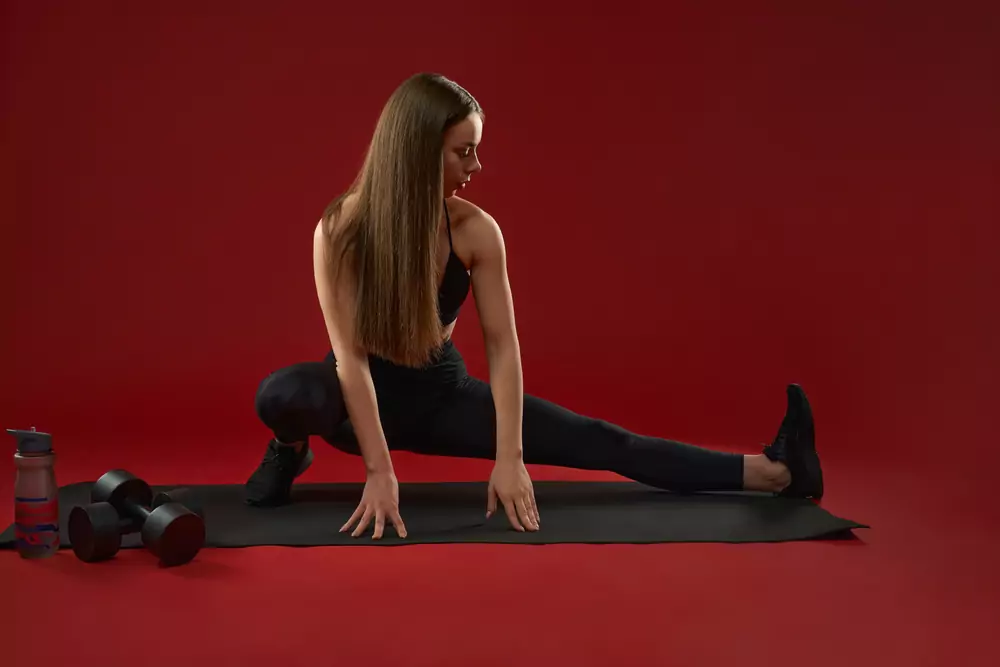
Well, that was easy wasn’t it? We just learned the proper warm-up techniques for both yoga and weight lifting. Now let’s take a look at posture considerations for each exercise. Ironic though it may seem, having good posture is critical when doing either activity!
When it comes to yoga, posture alignment is key. Paying attention to body positioning throughout each pose is an essential part of performing the exercise correctly and avoiding injury. To ensure proper form, focus on maintaining correct posture mechanics while also ensuring you are engaging your core muscles to maintain stability.
Weight lifting requires similar posture considerations. When lifting weights, it is important to keep your back straight and be conscious of the way you are holding your body when performing any type of movement or lift. This will help you avoid straining your muscles or hurting yourself in any way due to poor exercise form or incorrect posture mechanics.
No matter which activity you are doing, pay special attention to how your body is positioned in relation to the rest of your environment and make sure that you are engaging all the necessary muscles correctly so that you can perform each exercise safely and effectively.
Muscle Groups To Target With Yoga And Weightlifting
When weightlifting and doing yoga, you should target different muscle groups. Weightlifting focuses on larger muscles like the chest, back, shoulders, and legs. As a result, the exercises used will involve more weight and fewer repetitions.
Yoga, on the other hand, works smaller muscles like those in your arms and core. The exercises are often done with less weight but more repetitions to build strength in those smaller muscles.
To get the most out of both activities, it is important to target different muscle groups. If you focus too much on one type of exercise without mixing up your routine, you can end up overworking certain areas or not strengthening others enough.
When combining yoga and weightlifting into your workout plan, make sure that you switch between exercises that target different muscle groups in order to maximize your results. Doing this will help you strengthen all of your major muscle groups evenly and see greater progress overall.
Developing a workout plan that combines both yoga and weightlifting can be beneficial for strengthening all of your major muscle groups while helping prevent injury from overworking any one area. It’s important to remember that both forms of exercise have their own unique benefits; by incorporating them into your routine, you can reap the greatest rewards for achieving total body fitness.
Stretching Techniques To Enhance Flexibility
Now that we have looked at how yoga and weightlifting can target different muscle groups, it is important to consider stretching techniques that can be used to enhance flexibility. There are three main types of stretching: static stretching, dynamic stretching, and ballistic stretching.
Static stretching involves holding a single position for a set period of time. It is best used after a warmup or workout as it helps to reduce soreness and improve flexibility.
Dynamic stretching uses active movements to stretch the muscles. This type of stretching is beneficial for activities that require a lot of movement or agility such as running or playing sports.
Ballistic stretching uses quick, bouncing movements that can range from moderate intensity to high intensity. This type of stretching should be done slowly and carefully as it may cause injury if not done properly.
Regardless of which type of stretching is chosen, it is important to remember that the goal is to gradually increase one’s flexibility over time rather than trying to achieve maximum results immediately.
Before engaging in any form of physical activity, including yoga and weightlifting, it is important to stretch properly in order to prevent injuries and ensure optimal performance.
Types Of Equipment Needed For Both Activities
It may come as a surprise that both lifting weights and doing yoga require some type of equipment. A yoga mat is essential for doing yoga to prevent slipping and provide cushioning, while a weightlifting belt may be necessary for weightlifting to protect the lower back from strain.
Resistance bands can also be used to add resistance to bodyweight exercises when lifting weights. For more intensity during weightlifting, dumbbells and weight plates can be used to increase the load being lifted.
Related Read: What Is The Difference Between Power Yoga And Flow Yoga
Conclusion
Combining yoga and weightlifting can be a great way to improve your overall health and fitness. It can help you increase strength, flexibility, and balance while improving your posture and overall well-being. With the right approach and guidelines in place, one can reap the many benefits of both forms of exercise.
When combining yoga and weightlifting, it’s important to keep a few things in mind. First, make sure you warm up properly for both activities to avoid any potential injuries. Secondly, ensure that you are using correct posture for each exercise to maximize their effectiveness. Finally, use stretching techniques to enhance your flexibility between sets.
All in all, combining yoga and weightlifting can be an effective way to stay fit and healthy – like a shining beacon of health! Taking the time to properly warm up, use correct posture and stretch can go a long way towards helping you reach your fitness goals safely.
